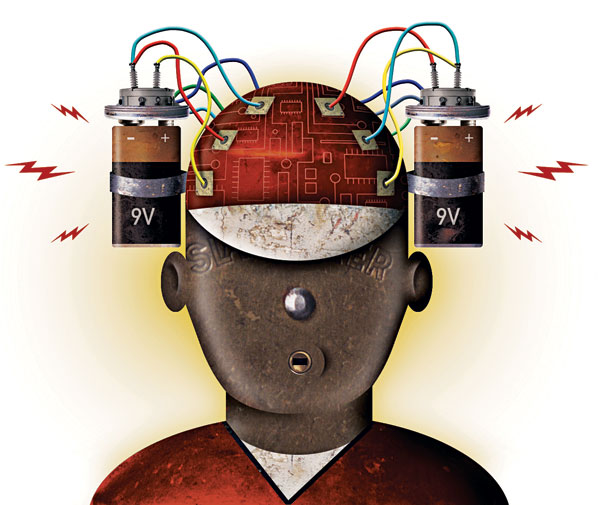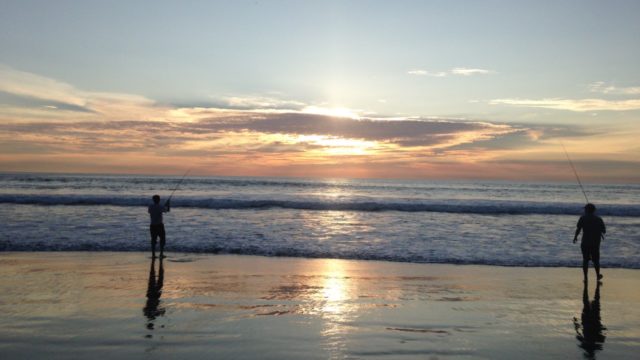
Many scholars who study the mind describe individuals as having an original sense of wholeness, or self. As a child, this sense of self is active, adaptable, energetic, curious, and creative. It is unencumbered by problems, with an attitude of openness, eagerness, and lack of preconceptions. Along the way, we develop an ego, and living a joyful, stress-free, and fear-free life turns problematic. We experience worries, anxieties, uninhibited thoughts, fears, overwhelming feelings, and seeing no way out of difficult circumstances. When these negative experiences persist and affect our mood, thinking, and behavior, they disrupt the normal flow, joy, and unity of life and obscure its natural wonder. When the interruptions and disruptions become unmanageable, they are the basis for physical and mental disorders, autoimmune and emotional disturbances, heart problems, addictive behaviors, and suicidal ideation. Even worse, if negative ideations become a recurring issue, the inevitable consequence is psychopathology.
What is the source of this problem? The major reason seems to be that out of the original unity to which we are born, a separate ego crystallizes during development. Individuation or ego-self differentiation is a normal aspect of development, but the schism between what is real and what is not creates problems when not understood. Ego creates an illusion of separation, as it emerges from the normal push-pull dynamics of resisting and accepting what life presents. Many justified reasons, including our initial dependency and the potential harm negative experiences have on an immature mind, make our tendency to resist life more prevalent than our acceptance of it. Over time, resistance becomes stronger, reified, and real to the point we identify it as our true self and as our exclusive response to life.
Numerous solutions to the ego-self differentiation problem have been put forth from behavioral, psychological, and spiritual perspectives. The most enduring solutions are those that help us understand the source of the conflict and, from that point of view, its solution. In my book, Transforming Anxiety into Creativity, I recognize and understand the problem by combining a neuroscience background with a personal understanding of the mind based on knowledge and experience with Zen Buddhism. The solutions I present are easy to understand and available. Yet, they are difficult to put into action, as they call for a genuine change in perception and awareness.
What is the principal message? That awakening and self-realization are psychological and spiritual solutions to ego-self differentiation. From a spiritual viewpoint, awakening or “waking up” refers to understanding one’s true nature, the unity of life, and our role in this greater sense of connection. It means you wake up from the illusion, the dream-like experience in which you feel separated from life, to the recognition that you are and always have been integrated with it. This recognition of unity is a remembrance, a going back to what you once knew.
Far too few people recognize the source of their mental suffering and the ability they have to do something about it. As Henry David Thoreau put it, “The mass of men leads lives of quiet desperation.” Likewise, many descriptions of the spiritual awakening experience are too confusing to be helpful. These descriptions, however, boil down to the notion that one must first recognize “that belief in my thoughts is not in any way definitive of my true inner self.” This simple yet powerful insight starts the process of de-identification with the egoic mind.
When de-identification takes hold and you can honestly say, “I don’t believe that thought,” it is like the sudden giving way to the bottom of a pail of water. The filters through which the world is experienced are metaphorically cleared and cleansed. Your ego or “I” momentarily disappears in a rush of awareness, liberated from identification with resistance to life. The expansive consciousness, obscured by the limited ego, is suddenly liberated and appreciated. You become conscious of being conscious and encounter unlimited awareness. The experience brings a sense of freshness to the wonder of sense perception and of who you are.
This awakening experience is a process, one that can be gradual (including multiple small awakenings) or fast(er). Neither fast nor slow is better or worse, they only differ in the timing of the changes experienced. Our culture makes us skeptical of fast means since they bring to mind miracle-like processes, with not enough time to understand them. Thus, there is more discussion and focus on slow means. Like seeing a therapist, we recognize it may take a dozen or more years to resolve the issues. Slow solutions, like mindfulness meditation, spiritual study, ethics, and prayer, seem rational, are more likely to lead to a positive outcome, provide longer lasting solutions, require less effort, etc. In reality, our deceptive egoic mind creates these “explanations.” De-identification with thoughts means its own disappearance and so it wisely favors a slower demise. Yet, with one immediate change in perspective, which we are all capable of doing, we can jumpstart the mind to wake up.
Traditions like Yoga, Vedanta and Buddhism agree that the end goal of awakening, or enlightenment, is already here and now, that it is our true nature — or the true nature of reality. Thus, not that we have to achieve or become it, we simply need to remove the obstacles (the egoic mind) to realize its expression. Thus, knowing that you once held this treasure differs from never having had possession of it. So, above all else, the path to awakening requires the conviction that what you aspire to is real, since you once had it. While you may no longer identify with such a mind, you have not lost it, and it is possible to recover. This journey to waking up is a voyage of rediscovery.
The two broad approaches to removing the obstacle of the egoic mind are to either emphasize the need to transform and purify the mind (or even transcend it altogether). This is the gradual approach carried out through practices such as meditation, spiritual study, ethics, devotion, etc. Or, the fast(er) approach, which emphasizes the “already present” aspect of enlightenment. This focuses the teachings more around inquiring into your true nature and simply living in the present with non-attachment.
Living in the present with non-attachment provides an immediate doorway for a return to the extraordinary mind you once had, the one associated with a joyful and creative life. This is not a novel idea, but there are now science-based explanations for why such a switch works. Bringing attention to the immediacy of the moment changes the focus of attention from the mind’s ruminations of the past and future to the awareness of present circumstances and holding such thoughts in awareness. Nonattachment means not getting emotionally involved with the thoughts, but observing each mental dustup that arises without judgment. This is the most important action to implement. When done correctly, living in the present with non-attachment stops anxious, unmanageable thoughts in their tracks. The effect is immediate and, with practice, long-lasting.
That turning point, a longer-lasting experience of the present moment, marks the awakening experience and a recognition of the original unity you once had. It is a rebirth in which you find yourself childlike, but with greater appreciation. The opportunity for true living opens up—an ability to see things as they really are, without resisting them, and a genuine enjoyment of life.
If you have questions, direct them to: jpineda@ucsd.edu.

